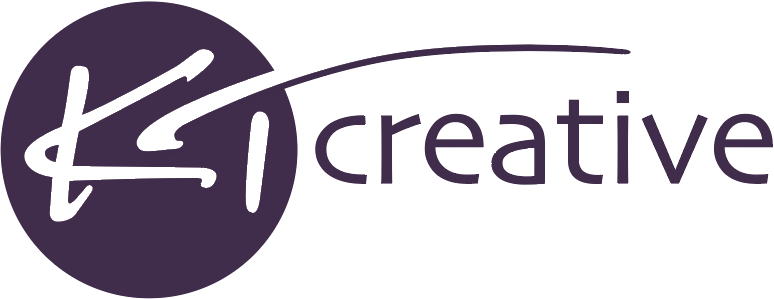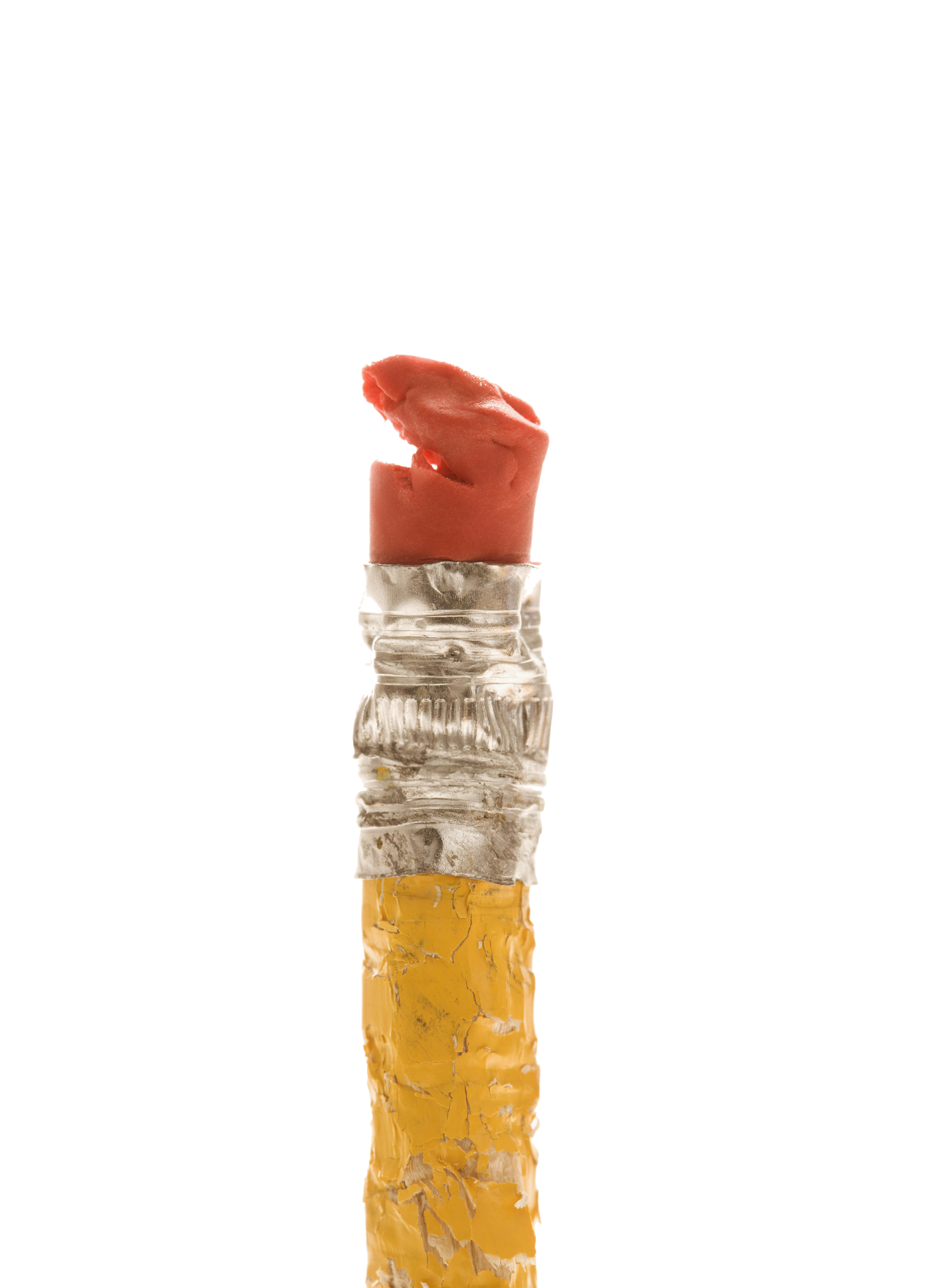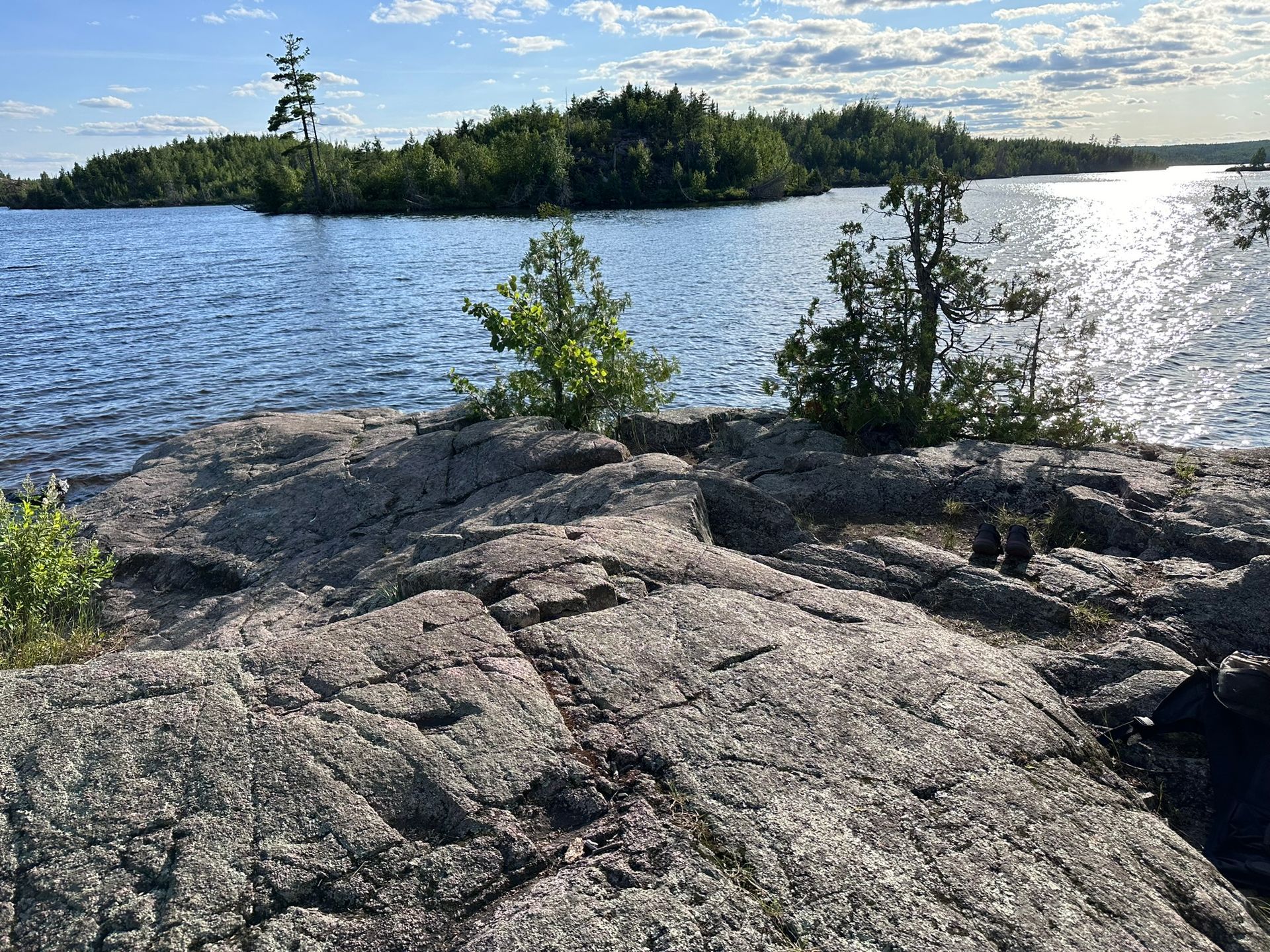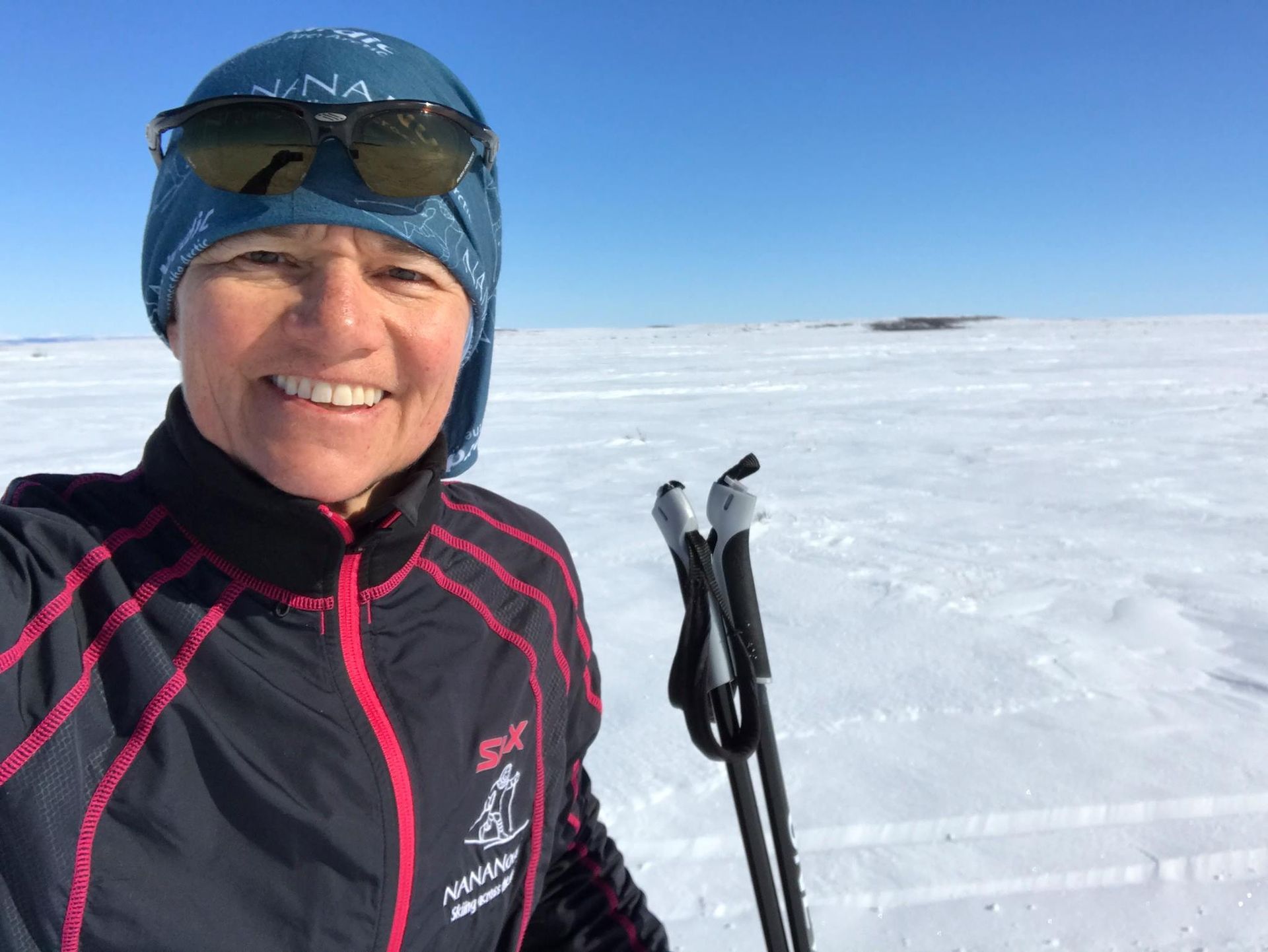Good interviews require so much more than good questions...
Do Your Homework
What is your subject's area of expertise? Do you know enough to ask the right questions? What is it you ultimately want them to communicate to your audience? (What does your audience want to know?) Do they like or dislike being in front of the camera? Are they long-winded, or too concise? The more you know about your subject and the subject matter will help you craft the questions and direct the shoot in a way that they're most comfortable.
Plan Questions Carefully
You may only have a few minutes with a busy subject so be respectful of their time. You may not have the luxury of letting them ramble (although sometimes that can produce amazing results). Put your questions in a logical flow, always keeping in mind what you need them to communicate.
Keeping it Tight
Don't be afraid to get them to repeat something if the sound wasn't quite right, you need it to be more concise, or you want a different camera angle. The trick is to get them to not say, "Like I said before..." Sometimes it helps to give them an intro to start their thought such as, "My patients often ask me if a knee replacement is necessary and what I say is..."
Embrace the Unexpected
If they bring up something interesting but unexpected, take that time to explore that if you can. You may end up with footage for other videos in the future or discover something more important than you'd planned.
Maximize Production Value, Especially the Audio
If you can afford a production studio with high quality lights, audio and camera(s), go for it. A professional looking video reflects well on most businesses. That said, people are used to seeing phone-shot interviews – but use a lav mic and pay attention to background noise. If anything about the sound quality is annoying, your viewers will immediately click away.
Create Edit Script with Transcriptions
Get a transcription of the whole interview - I love rev.com's service - and create a script with time codes for your editor (or you) to follow, using the best takes and communicating effectively. It also gives you a quick way to find a different "the," replace a missing "and," etc.
There are countless other tips and tricks to produce good interviews, including incorporating B-roll, shooting subjects in the element and much more. Always keep you audience in mind - what do they want to know and what look and feel will work best for them?






